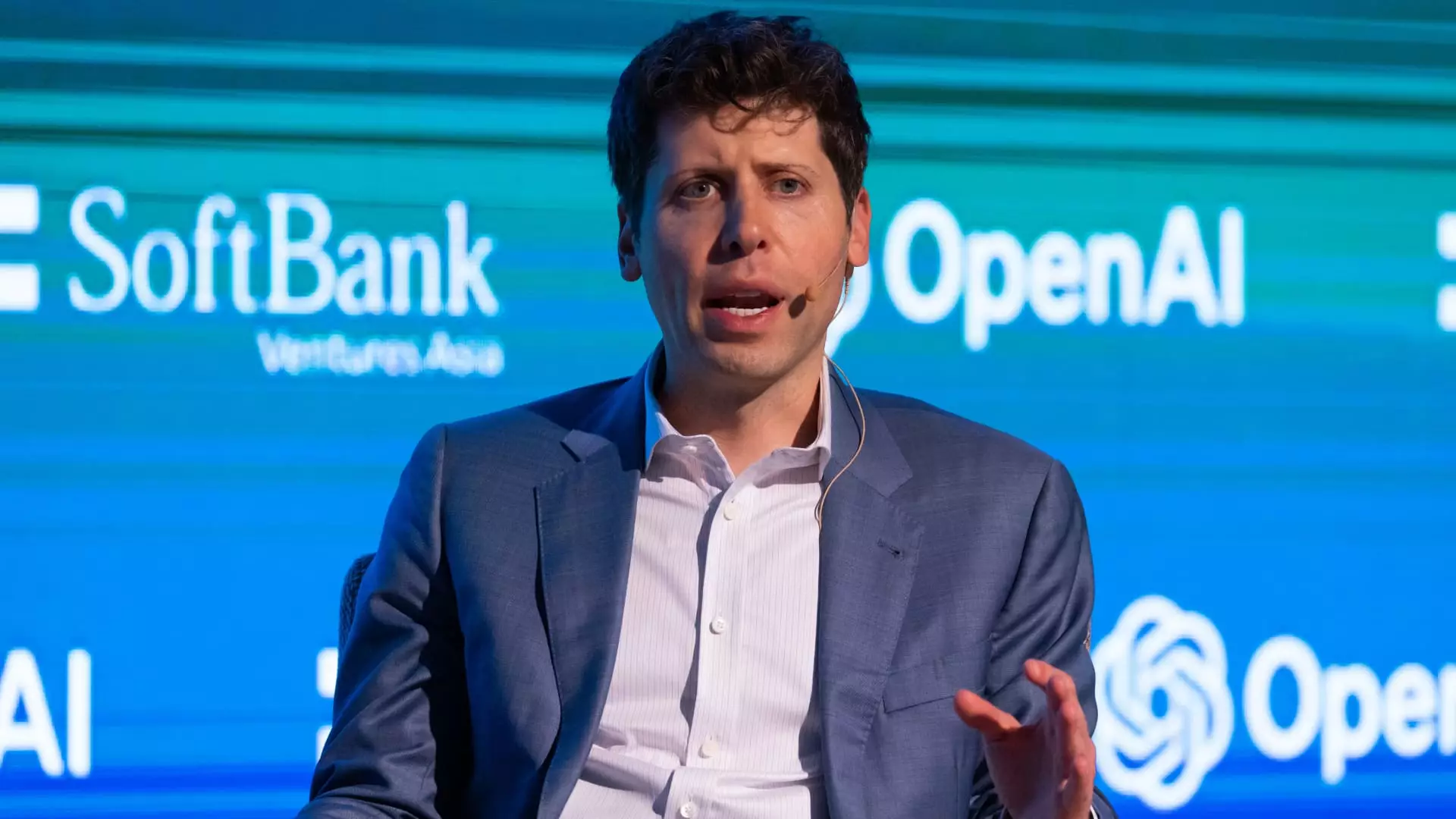As OpenAI moves toward a new for-profit structure in 2025, the implications of this shift are significant for the future of artificial intelligence (AI) and the company itself. The decision to create a public benefit corporation (PBC) is primarily aimed at enhancing operational flexibility, attracting capital, and responding to an increasingly competitive landscape. This article delves into the factors influencing this transition, the potential impacts on the organization, and the challenges that lie ahead.
In a recent announcement, OpenAI stated that its transformation into a for-profit entity would enable it to operate more like a high-growth startup, easing the rigor of nonprofit restrictions. This transition is largely driven by the necessity of securing substantial financial investments to maintain a competitive edge in the booming AI sector, which is projected to exceed $1 trillion in revenue within the next decade. To support its growth ambitions, OpenAI needs to operate under a structure that allows for conventional equity financing—something that traditional nonprofit models restrict.
OpenAI’s board emphasized the urgency for capital, pointing to “hundreds of billions of dollars” being funneled into AI development by major players. As such, the existing financial model is deemed insufficient for the ambitious goals set by the company. The adoption of a PBC structure, which allows for a mix of profit and social purpose, creates a pathway for OpenAI to attract diverse investments without forfeiting its core mission.
OpenAI has already achieved a daunting $157 billion valuation, powered largely by the success of its flagship product, ChatGPT. However, achieving such valuation does not come without its challenges. The company has reportedly forecasted losses of approximately $5 billion against an expected revenue of $3.7 billion this year—a figure that reflects the high costs associated with developing cutting-edge AI models. Investments in high-performance computing and cloud infrastructure, mainly from partners like Nvidia and Microsoft, are critical for the company’s ongoing operations.
By transitioning to a Delaware PBC, OpenAI aims to establish a more favorable environment for capital generation and operational efficiency. However, the road ahead may be fraught with obstacles. The focus will need to remain on developing sophisticated AI systems while addressing financial realities tied to large operational costs.
OpenAI’s restructuring has not been without internal strife. High-profile exits from the organization, including senior leaders like Chief Technology Officer Mira Murati and research chief Bob McGrew, raise questions about the company’s stability and commitment to its foundational principles. Such departures can erode institutional knowledge and raise suspicions among employees and stakeholders regarding the organization’s strategic direction.
Some of these key figures expressed concerns over what they viewed as an inadequate focus on safety protocols, indicating a potential neglect of ethical considerations in favor of rapid product deployment. This shift in priorities may not only alienate existing talent but could also affect OpenAI’s reputation as a leader in responsible AI development.
The complexities faced by OpenAI are compounded by ongoing legal battles, particularly with co-founder Elon Musk, who has publicly condemned the company’s transition to a for-profit model. Musk’s lawsuits serve as a constant reminder of the tensions inherent in the founding narrative of OpenAI and its evolution over the years. As an influential figure in the tech world, his challenges could pose a public relations risk and catalyze scrutiny of OpenAI’s new business model.
Furthermore, Musk’s accusations labeling OpenAI as “evil” highlight the challenges surrounding public perception in an age where ethical considerations of AI are paramount. OpenAI’s commitment to transparency and responsible practices will be crucial in mitigating potential backlash and securing public trust as it navigates this transition.
As OpenAI embarks on this transformative journey toward becoming a public benefit corporation, the challenges it faces are multi-faceted and complex. The need to attract significant investment must be balanced alongside a commitment to ethical practices and safety in AI. Internal and external pressures can influence the trajectory of the company, making it crucial for OpenAI to maintain a strong focus on its mission of ensuring that artificial general intelligence benefits humanity as a whole.
The ultimate success of this transition will depend on how effectively OpenAI navigates these challenges while adhering to its core values in a rapidly evolving landscape. With careful strategizing, OpenAI has the potential not only to thrive financially but to lead the way in responsible AI innovation, setting standards for the industry and reinforcing its foundational mission.


Leave a Reply
You must be logged in to post a comment.